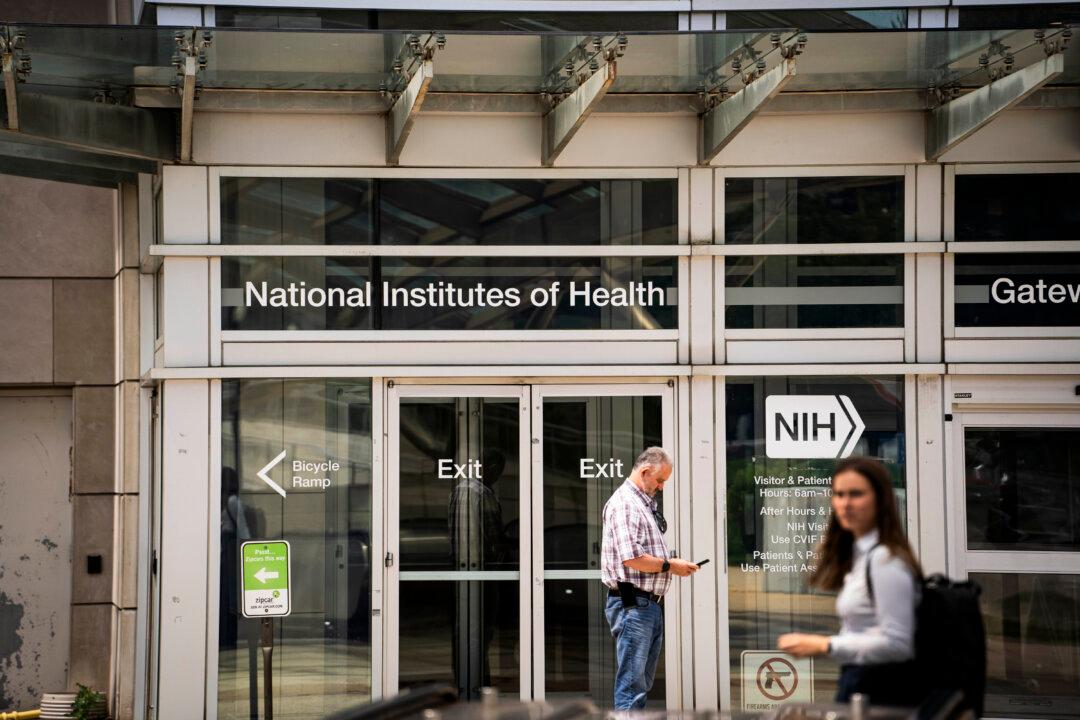Markets remained jittery from China’s Evergrande troubles as investors look to the Federal Reserve’s two-day policy meeting Sept. 21–22 for developments around policymakers’ projections for future rate hikes and the timing and pace of tapering the central bank’s massive bond buying program.
Asian stocks struggled to shake off contagion fears on Sept. 21 and selling pressure persisted amid concern that troubles at indebted developer Evergrande could ripple across the world economy, markets, and the financial system.
Hong Kong’s Hang Seng hit a fresh 11-month low and was down 0.3 percent by midsession, with early gains in banks and property stocks paring a little. Japan’s Nikkei returned from a market holiday with a drop of almost 2 percent.
European stocks recovered some ground on Tuesday morning after sharp selloffs the day prior.
Wall Street futures rose, suggesting markets were poised for gains on opening bell after U.S. stocks closed deeply in the red on Monday, with risk assets pressured by concerns about the pace of economic recovery in the United States and the fear of contagion from the potential failure of China’s second-largest property developer Evergrande.
As the Federal Open Market Committee (FOMC) meets on Tuesday, investors will be looking for hints of whether hotter-than-expected inflation will lead Fed officials to revise their median forecasts for an interest rate hike and bring it forward to 2022 from the current 2023.
“Updated economic projections to be released at this meeting will be closely scrutinized to see if expectations for economic growth, inflation, and future interest rate hikes have been ratcheted back at all,” Bankrate Chief Financial Analyst Greg McBride told The Epoch Times in an emailed statement.
While the Fed is expected to lay the groundwork for reducing the pace of its bond-buying program at the FOMC meeting, weaker economic data have generally tempered economists’ expectations for a quick taper.
“Soft economic data and a less-than-expected increase in consumer prices give the Fed the ability to defer any announcement on tapering asset purchases. Expect them to kick that can down the road to the November meeting, allowing them to see another round of monthly economic releases to better gauge the strength of the economic rebound in the face of an ongoing pandemic,” McBride said.
Since roughly the onset of the pandemic crisis, the Fed has been buying around $120 billion per month of Treasury and mortgage securities, helping to buoy markets but also contributing to inflationary pressures. While inflation has been running well above the central bank’s target of around 2 percent, Fed officials believe the current inflationary pressures are a temporary consequence of pandemic-related dislocations and will fade over time.
“The Fed has repeatedly emphasized two things—they want to see substantial further improvement in the labor market and they expect inflation to be transitory. Job growth disappointed in August and the inflation data has plenty to support their ‘transitory’ thesis, so any announcement about tapering bond purchases will wait until November, with a likely December start,” McBride said.





